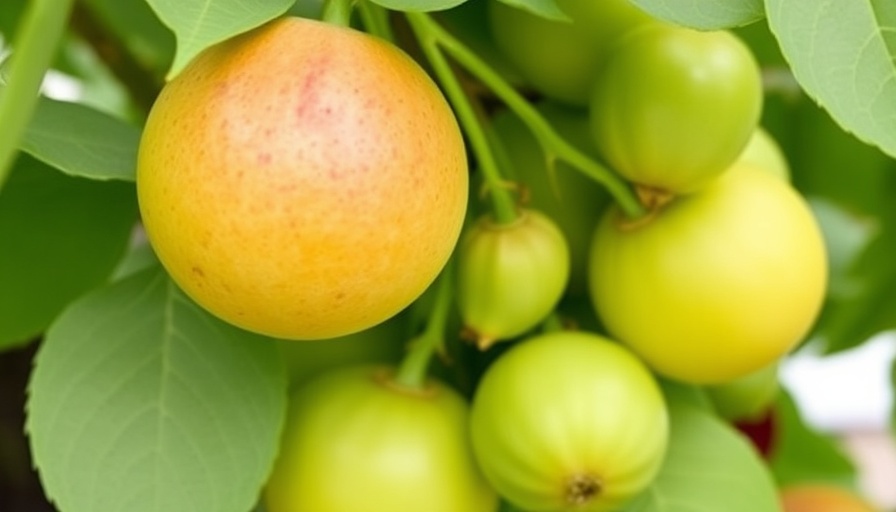
The Essential Role of Sodium in Our Diet
Sodium is often misunderstood, criticized, and labeled as unhealthy, yet it plays an essential role in our bodily functions. From regulating fluid balance to supporting nerve impulses and muscle contractions, sodium is crucial for maintaining our overall health. For instance, did you know that our heart relies on sodium to function effectively? A too-low intake of sodium can have serious health repercussions, such as dizziness and fatigue. In fact, some people may not realize that a sodium deficiency exists, particularly among those who do not consume enough salt during intense physical activity, sweating more than average.
Striking the Right Balance: Too Much vs. Too Little
While sodium is vital, it is equally important to maintain a healthy balance. The bulk of sodium in modern diets comes not from home cooking, but rather from ultra-processed foods and restaurant meals, which can contribute significantly to excess sodium intake. According to health experts, up to 90% of Americans exceed the recommended sodium intake of 2,300 milligrams per day, leading to higher risks of conditions like hypertension and heart disease. Thus, finding ways to moderate sodium consumption is essential. But how can we achieve this without sacrificing flavor?
Practical Tips to Manage Sodium Intake
Cooking at home is one of the most effective strategies to control sodium intake. By preparing meals yourself, you can adjust the salt according to taste and health needs. Additionally, becoming a label-savvy consumer allows individuals to select lower-sodium options. When shopping, look for products labeled "low-sodium" or "no salt added"—these choices can greatly reduce everyday sodium consumption without compromising on taste.
Dismantling Sodium Myths
Finally, it’s crucial to bust the myth that all sodium is bad. Sodium is not inherently harmful; in fact, rather than eliminating it completely, we should focus on managing and moderating our intake. By understanding the facts surrounding sodium, we can appreciate its necessary role while making informed dietary choices. So the next time you hear sodium mentioned in a negative context, remember that it all comes down to consumption levels.
 Add Row
Add Row  Add
Add 




Write A Comment